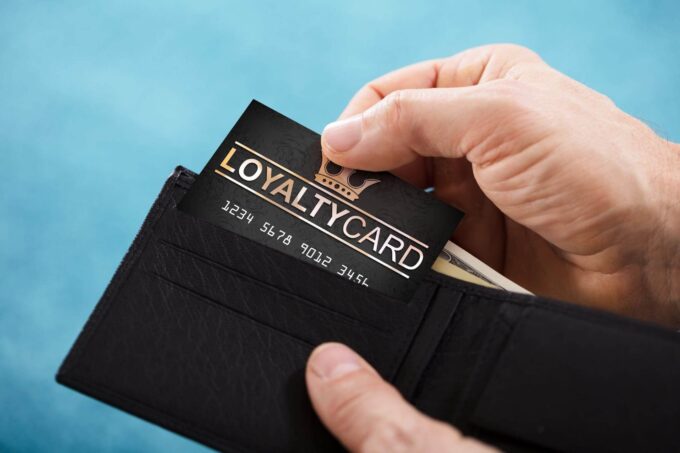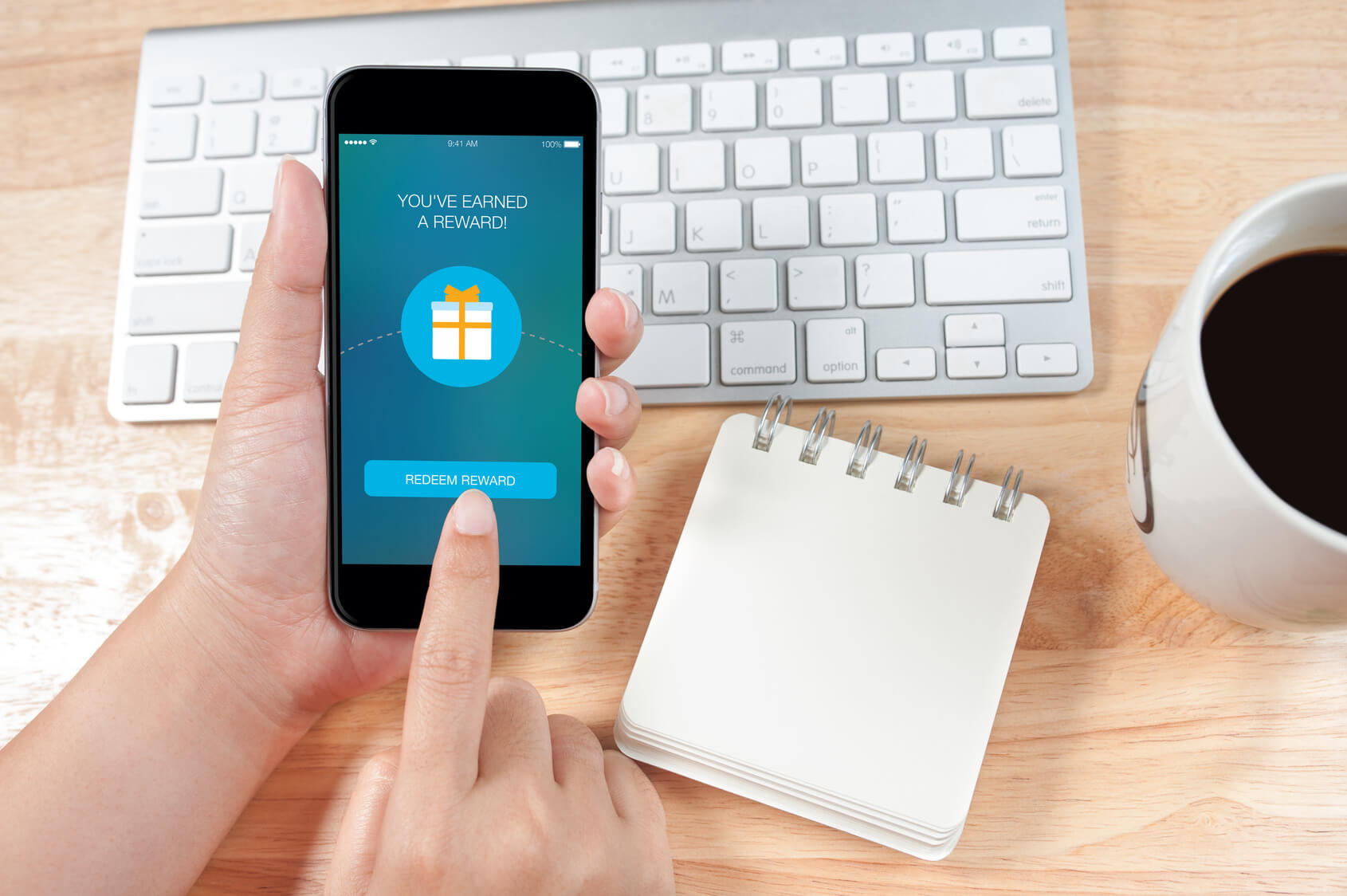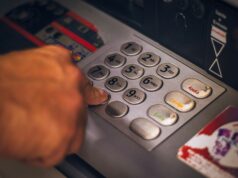Loyalty programs have been gaining massive attention since they were first introduced. Well, why not? From cosmetic brands to smartphone companies to food chains, they shared how it helped them expand their reach and attain the milestone they’re swimming in right now. Especially for small businesses, a loyalty program can help them develop brand loyalty and boost customer lifetime value.
In fact, over thirty percent of customers spend more at the businesses they are loyal to despite the cheaper options available, and over sixty percent recommend that company to their family, friends, and colleagues.
Now, the question still lingers: how should you start? Luckily, the process of setting up a loyalty program is not a difficult venture. Click Here, and tackle the different types of loyalty programs for small businesses, as well as how to launch it for future exploits.
The Four Different Types of Loyalty Programs

Before anything else, it’s important to decide which loyalty program will best fit your goals. Several versions are available, and here are four types that work.
1. Punch Cards
If you own a coffee shop, retail business, or a restaurant, the punch card is an economical option to make your customers happy and keep them coming back. This business card-sized paper card is quite traditional, sure, but it has already proven to translate prospects into loyal clients. Plus, some small shops have upgraded to electronic forms. Similar to cashback and points, this type of reward requires shelling dollars upfront to earn value later.
2. Membership Cards
Increasingly more retailers consider using membership cards as the best way to boost loyalty among customers. Unlike punch cards, this one is costly, yet the setup is pretty simple. Collecting information about your customers is easier too. The membership card works by allowing buyers to get a discount or additional perk whenever they visit your business and show the card. Often, this reward is based on points collection. Either redeem the points to get free items or acquire a particular amount of the next acquisition when a certain number of points are attained.
3. Phone Number/Email Opt-In
Yes, even text marketing strategies can help build client loyalty. Moreover, it is easy to execute without breaking your bank account. Mobile apps have several added features, including instant coupons and notifications. The same goes for email. Email opt-in doesn’t only encourage clients to sign up, but businesses can also collect their valuable data. This is specifically ideal for prospects who are hesitant to provide their personal information to join. You can offer points or discounts to lure them into signing up on their prevailing purchases. It’s also point-based, though sometimes it is available as frequency-based.
4. Online Registration
Giving your clients a head start on your business can possibly keep them sticking around. Consider giving a reward for every person who signs up on your website. This type of loyalty program is common among online casinos. For instance, a welcome bonus is automatically given once players make an account on the site. You can also do the same, though you don’t need to stick with cash rewards.
What about B2B options?

For wholesale companies or business to business (B2B), the loyalty program looks a bit different since the customers are likely to deal with the sales team plus, they tend to make bigger purchases. So, cash rewards could be an ideal form of the loyalty program. Perhaps, include a discount coupon or offer discounted or free shipping for upcoming orders.
How to Create a Small Business Loyalty Program

As have mentioned, the process of launching a reward system is plainly simple and straightforward. Check out below to help you get started!
1. Choose your Platform
You have several platforms to choose from, such as OpenTable, Belly, LevelUp, and Fivestars. The Belly is ideal for brick-and-mortar businesses, while US-based restaurant owners could use OpenTable. Each offers mobile app access.
But before coming up with a platform, study your current customers. Would they be willing to share their personal information? How about your staff on-board? Also, determine if the technology will work with the technology you’re currently using, such as CRM or POS. of course, don’t forget the cost. Know the amount you can afford, let’s say, in terms of monthly software subscription. It’s important not to go overboard, or your efforts would be put to risk.
2. Set Up Your Reward System
Now, what those rewards will include, and how your clients can earn them? You can’t simply choose a certain reward structure just because you want to. Several aspects should be considered as well. Spend time researching your clients, explore various options for the right loyalty program, and try out different variations. Don’t rush your decision. All of these things take an amount of time.
Just remember that when making a loyalty program, keep it simple yet unique to your business. You can even personalize it. For instance, you can flag regular consumers and mail them a customized note with a free gift or discounted items they can redeem the following acquisitions.
3. Launch and Market Your Loyalty Program
After assembling the pieces, it’s high time to launch and promote your program. One popular way is through social media. Allocate a team to post messages consistently and share them with their followers. Brief your staff, too, with some prompts they can use to discuss the loyalty program to the customers, be it in person, over the phone, or thru email.
If money is not an issue, consider retargeting previous buyers with ads directing to the page of your program. On-premise signage is good for brick and mortar locations. This allows your customers to know what you have in store for them.
Ready to Grow Your Business in 2024?

There are quite a lot of ways a loyalty program can definitely benefit your small business. Besides making your consumers feel appreciated, you’re also encouraging them to return to your business frequently. It is an excellent way to collect valuable data, improve customer experience, establish an online reputation, and exploit your brand advocacy.









